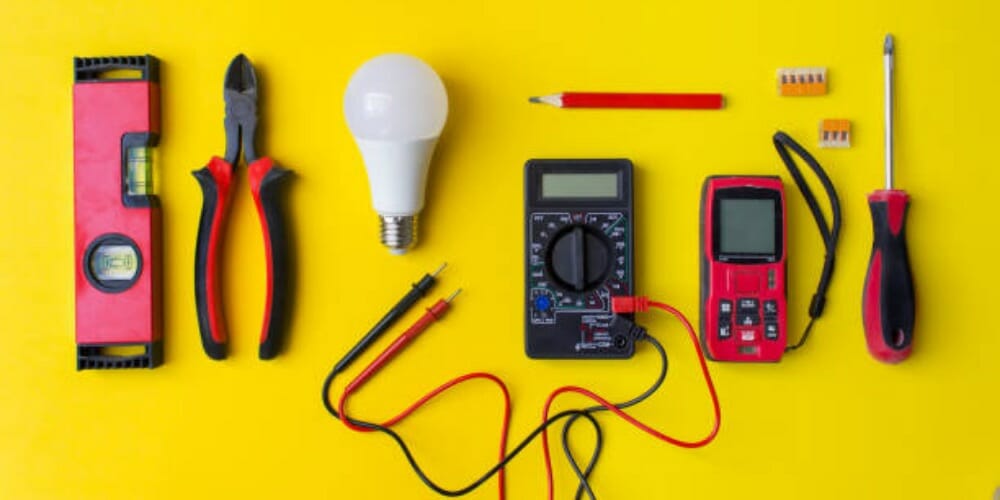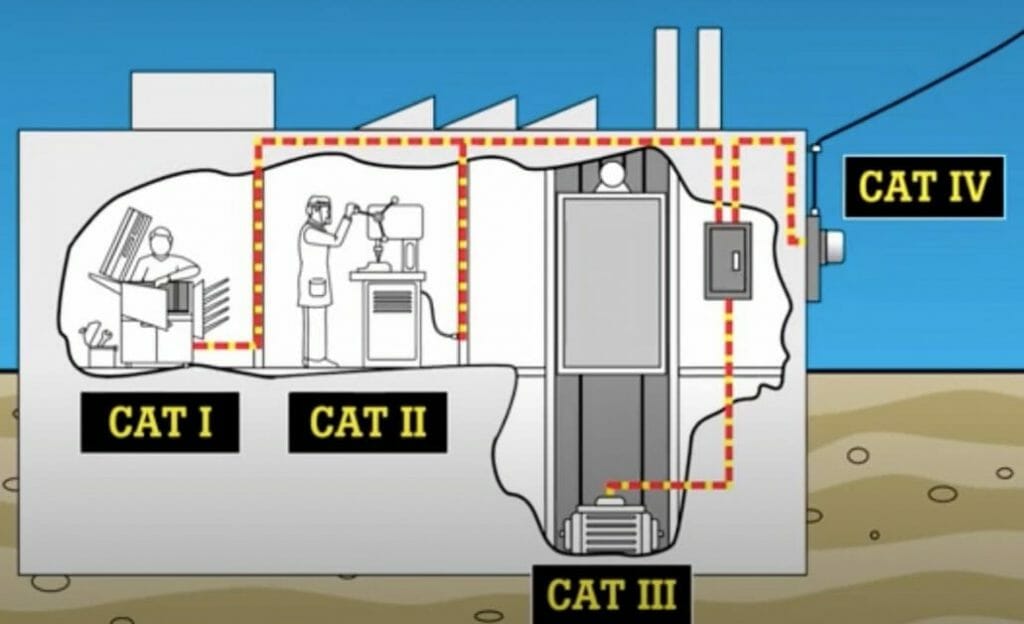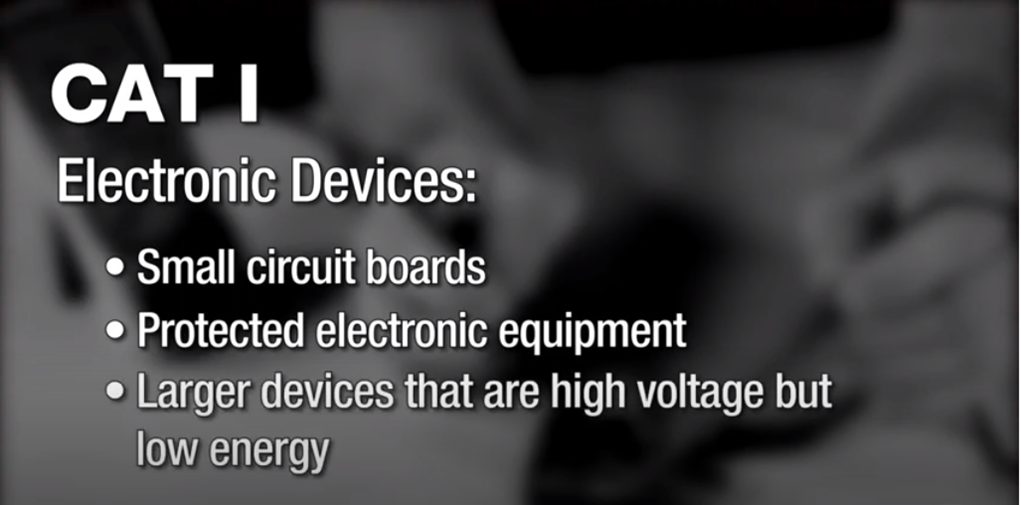How To Read Multimeter CAT Ratings: Understanding and Use For Testing Maximum Voltage

Multimeters and other electrical testing equipment is often assigned a specific category rating. This is done to give the user an idea of the maximum voltage that the device can safely measure. These ratings are represented as CAT I, CAT II, CAT III, or CAT IV. Each rating indicates a maximum safe voltage for measuring.

What are Multimeter CAT Ratings?
A Category Rating (CAT) is a system used by manufacturers to define the level of protection provided by electrical equipment when measuring voltages. The ratings range from CAT I to CAT IV depending on the type of voltage being measured.
When should you use a different category meter? The answer depends on the job at hand.
Multimeters are commonly used with mains and low voltage applications. For example, measuring an outlet or testing a light bulb. In these cases, CAT I or CAT II meters would likely suffice. However, when working in environments exposed to higher voltages — such as a breaker panel — you may need additional protection from surges than what a standard meter can provide. This is where you might consider using a new multimeter with a higher rating.
Different Categories and Their Definitions
When trying to measure a load, there are 4 accepted levels of measurement.
CAT I: This is typically used in measuring circuits that are directly connected to the building wiring system. Examples include non-current carrying components such as lamps, switches, breakers, etc. Electrical shocks in these environments are unlikely or impossible.
CAT II: This category is used in environments where transients do not significantly exceed the magnitude of normal voltage. Examples include receptacles, switches, junction boxes, etc. Electrical shocks in these environments are unlikely to occur or only with a low probability.
CAT III: This category is used for measurements taken close to the power source, such as utility service panels and distribution panels for buildings or industrial facilities. Electrical shocks in these environments are highly unlikely to occur. Still, they can happen with a low probability due to fault conditions. (1)
Category IV: Appliances included in this category are used on the primary side of an isolation transformer with reinforced insulation and for measurements on power supply lines installed outside the buildings (overhead lines, cables).

The International Electrotechnical Commission (IEC) has created four electric and magnetic field strength levels, with transient test guidelines for each.
| Particulars | CAT I | CAT II | CAT III | CAT IV |
| Working Voltage | 150V | 150V | 150V | 150V |
| 300V | 300V | 300V | 300V | |
| 600V | 600V | 600V | 600V | |
| 1000V | 1000V | 1000V | 1000V | |
| Transient Voltage | 800V | 1500V | 2500V | 4000V |
| 1500V | 2500V | 4000V | 6000V | |
| 2500V | 4000V | 6000V | 8000V | |
| 4000V | 6000V | 8000V | 12000V | |
| Test Source (Impedance) | 30 Ohms | 12 Ohms | 2 Ohms | 2 Ohms |
| 30 Ohms | 12 Ohms | 2 Ohms | 2 Ohms | |
| 30 Ohms | 12 Ohms | 2 Ohms | 2 Ohms | |
| 30 Ohms | 12 Ohms | 2 Ohms | 2 Ohms | |
| Working Current | 5A | 12.5A | 75A | 75A |
| 10A | 25A | 150A | 150A | |
| 20A | 50A | 300A | 300A | |
| 33.3A | 83.3A | 500A | 500A | |
| Transient Current | 26.6A | 125A | 1250A | 2000A |
| 50A | 208.3A | 2000A | 3000A | |
| 83.3A | 333.3A | 3000A | 4000A | |
| 133.3A | 500A | 4000A | 6000A |
How a Multimeter CAT Rating System Works
The most commonly used multimeters on the market fall into two categories: CAT I and CAT III. A CAT I multimeter is used for measuring up to 600V, whereas a CAT III is used for up to 1000V. Anything above this requires an even higher ranking, such as CAT II and IV, intended for 10,000V and 20,000V, respectively.
Example of How to Use a Multimeter CAT Rating System
Imagine you are looking at the electrical board of your house. You need to test some wires. The wires are connected directly to the main power line (240 Volts). If you touch them by mistake, it could cause severe injury or death. In order to safely take measurements in this situation, you would need a higher ranking multimeter (CAT II or above) which protects both yourself and your equipment from damage caused by high energy levels. (2)
Take a look at some of our related articles below.
- How to measure DC voltage with a multimeter
- How to use a multimeter to test voltage of live wires
- How to measure amps with a multimeter
References
(1) industrial facilities – https://www.sciencedirect.com/topics/social-sciences/industrial-facilities
(2) energy levels – https://www.sciencedirect.com/topics/earth-and-planetary-sciences/energy-levels
Video References
Fluke Corporation
Digi-Key
